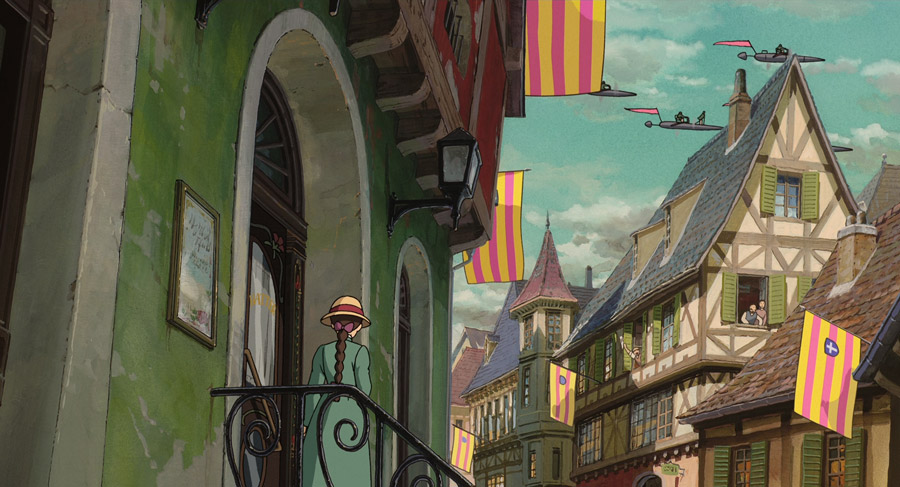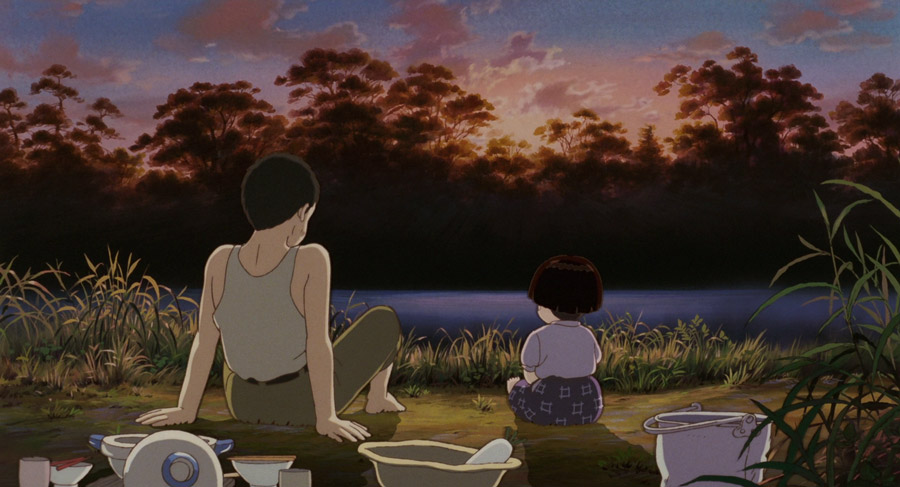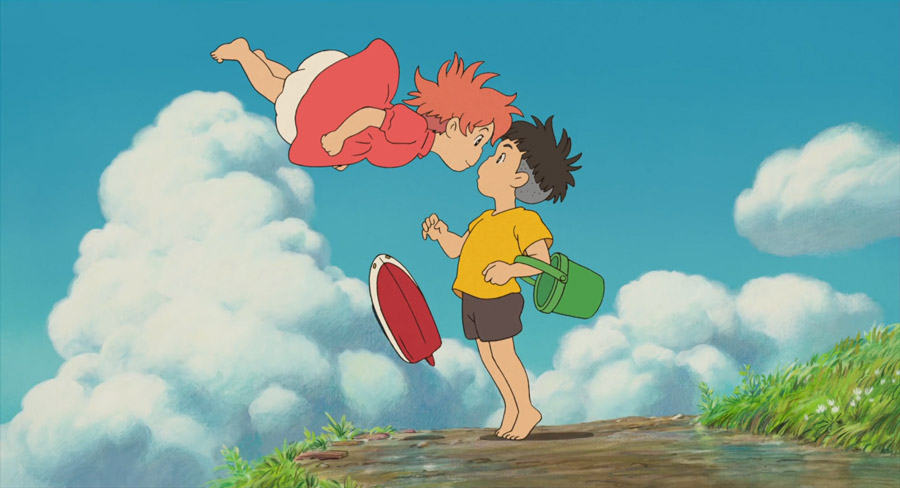Studio Ghibli is widely acclaimed for creating a legacy in the world of animation and film. This animation studio from Japan takes its global audience on magical adventures through films with compelling storylines and detailed sceneries.
With the works of Award-winning director Hayao Miyazaki, the public’s perception of anime as mainly for children’s entertainment changed. Studio Ghibli sees their films as an expression of artistry holding strong passion and culture. Their intricate settings are never overwhelming, rather, viewers of all ages are gifted with immersive experiences throughout their screen time.
The visual elements of each film may have a touch of the unreal, but they do not veer away from the core foundation of representing and celebrating the simple, everyday life. Ever wonder what makes it possible for Studio Ghibli to fill you with warmth and wonder? Here are some of the film elements that they pour their hearts into.
An Unlikely Cultural Intersection of the East & West

Miyazaki’s adaptation of cultures reveals his passion for local and global literature. Studio Ghibli films bear the presence of Western culture as their structure draws inspiration from classic English novels.
His first film called Castle in the Sky embodied this style from the beginning of the filmmaking process. In the early stages of their planning, Miyazaki thought of proposing that its film concept be likened to Treasure Island, a novel written by Robert Louis Stevenson. Later on, the flying island of Laputa was brought to life in the film as inspired by another novel, Gulliver’s Travels.

Meanwhile, some hints of Eastern influence can also be seen in the setting of films. Japan’s admiration for fantastic European landscapes reflects the way their locations are presented in the anime world. The landscapes seen in the movie Howl’s Moving Castle were inspired by the beautiful neighbourhoods of the Alsace-Lorraine region on the eastern border area of France. Sophie Hatter, the film’s protagonist, came from her hometown Market Chipping with an old architectural aesthetic. Miyazaki’s trip to Colmar, Alsace gave life to this industrial city by filling it with steam trolleys, automobiles, and a lively central plaza.
Our hearts are also wrapped with nostalgia through Joe Hisaishi’s musical masterpieces of iconic Studio Ghibli songs for the different films. His compositions are created through Western and Eastern approaches which combine minimalism with stillness, motion, and voice. Melodic themes within the soundtracks are developed throughout the films, following the development of characters and the story itself. In pieces like One Summer’s Day from Spirited Away, the audience is left with nostalgic moments from melodies like the orchestral flows of French Impressionist composer Claude Debussy.
Transforming the Real

Japan is a country with strong ties to storytelling in the style of magical realism. This style allows the interaction of the real and magical within the same sphere. The country has a long history of accepting the combination of fantasy with realism in different films and literary works as a storytelling technique in the country. For this reason, it has been centuries since magical realism has existed in the world of Japanese literature and animation.
Many Studio Ghibli films have this sense of magic in worlds involving mythical creatures and unreal scenarios. Nevertheless, Miyazaki consistently places a deep representation of life and culture within the fantastic elements of his films.
This counts as the metamorphosis of characters into other beings, just as Chihiro’s parents in Spirited Away turned into pigs. Their transformation represented the people’s greed during the Japanese recession in the 1980s. The studio explained that they left it irreversible in the movie to show the effect of greed in the real world.

Another feature is the highlight of human and nature relations. Ghibli animators work on their visual representation of the natural surroundings and turn it into an extraordinary view – with Studio Ghibli films typically having strong environmental messages.
The movie My Neighbor Totoro shows a tranquil, gleaming forest with other-worldly creatures (such as forest spirits) dwelling in harmony with the environment. With graceful winds passing through trees and fish living in shimmering waters, the central goal of nature being the source of magic for healing, love, and fascination is achieved.

Despite being known for hand-drawn animations, Studio Ghibli adapts film editing techniques used in motion pictures. Miyazaki puts his masterful attention to detail towards classic cinema traits to make a film’s narrative more meaningful as a whole. The studio effectively creates movie montages as an endearing addition to the development of a character’s life. They also help in forming close attachments between the audience and the film.
The movie Grave of the Fireflies was a heavy film approaching some of the dark tragedies in warfare – misery, and loss. Two young siblings Seita and Setsuko struggle to survive after losing their parents amidst war. After becoming extremely ill due to malnutrition an unfortunate event happens and the film closes with a montage about the last moments of her life playing in the bomb shelter. Showing the memories of Setsuko playing happily through a montage was a way to reinforce the audience’s grief and pain over how the end turned out.

Studio Ghibli’s approach to movement rests immensely on camera shots and angles. In the process of worldbuilding, a film may contain wide-angle shots to capture the people’s movements within a certain location. Every element placed by animators ground the audience within the world of the film which is far from the actual world. Close-up shots are also used to zoom into details in nature that are not usually noticed by the naked eye. My Neighbor Totoro put a lot of screen time into these shots of raindrops on plants, frogs, and small puddles in a scene where people were waiting under the rain for a bus to arrive. Miyazaki incorporates this in a lot of his films to slow down the pace of the plot to appreciate nature and encourage quiet contemplation.
The Balance of Media and Dreams

Many would liken the experience of watching a Studio Ghibli film to a dream. The unreal and fantastic in the imaginary world exists without question, and we are left with feelings of awe and wonder. It takes artistry and craftsmanship to create this beautiful, unattainable world yet give off familiarity with the mundane life.
Studio Ghibli turns something foreign for us humans into a relatable scenario that we somehow witness every day. Like Ponyo and Sosuke, there are stories of characters finding themselves in magical situations and building relationships with extraordinary characters. The effective use of film elements in the studio keeps the nostalgic feel in movies without the disappointment of having an actual impossibility.
Animation as a medium of impactful magic makes our dreams come to life on-screen without really crossing the border into our real world. If you are in for films that are unique and timeless, the creations of Miyazaki are perfect no matter how old you are. The films exhibit visual and textual art adored by people with different lives and cultures. In Studio Ghibli, a dream may not be meant to come true, but that is just perfect the way it is.

















































